Fodder Beet, the fattening tuber, is a high-yielding dairy fodder crop. As referenced in the Standard newspaper article, farmers feeding their cattle with fodder beet have recorded up to three times more liters of milk daily.
Compared to other dairy fodders, fodder beet requires less space for planting but gives more feed.
Fodder beet is similar to beetroots but is large and has low sugar levels. The funny part is that the fooder is very popular in almost all countries, but nobody knows it.
Let’s start fodder beet farming in Kenya correctly without wasting more time.
Related: How to grow Lucerne Grass for profit in Kenya
Fodder Beet Farming in Kenya: The Best High-Yielding Forage Crop
Environmental requirements
Fodder beet is a high-yield crop that requires less land for its cultivation. The fodder crop thrives well in soils with good drainage, making loam soil suitable for farming. The salinity level of the ground or water also has no adverse effect on this crop.
Therefore, you should check the soil PH level, which should be between 6 and 6.5, as beets are sensitive to acidic soils.
Field preparation.
Before planting, thorough soil preparation by a turning plow or disc harrow is needed. To achieve high yields, you must split your fields into paddocks to allow and control grazing when the crop matures.
Fodder Beet Farming in Kenya – Sowing
There should be about 80,000-90,000 seeds per hectare on an excellent fodder beet crop. You need about 20 – 25kg of seeds per hectare.
Sowing the fodder beet in ridges as you do for sweet potatoes yields higher yields than planting on a flat surface. In addition, the furrows made from the ridges are used to irrigate the crop, saving 20 – 25 percent of water.
After sowing the seeds, you need to water immediately and ensure that the water does not reach the top of the ridges and remains only in the furrows. Otherwise, a crust will form on the top of the seeds, making the sprout not come out.
Fertilizer and manure application.
Due to fodder beats’ high production capacity, large amounts of nutrients are absorbed from the ground.
Therefore, every third year in the field of fodder beet, at the time of preparation of the area, add 15 – 20 tonnes per hectare of ripe cow dung.
You should also apply nitrogen fertilizer at 150kg per hectare, phosphorus at 75kg, and potash at 150kg per hectare.
Make half the amount of nitrogen, phosphorus, and potash at sowing. Give half of the remaining nitrogen in two equal parts after weeding 30 and 50 days after sowing.
Most fodder beet varieties support the growth of multiple plants from the same seed. After twenty days after germination, the distance between plant to plant should be 20cm.
Since this crop’s initial growth is prolonged, weeding is essential after 30-50 days of sowing.
Irrigation
First irrigation should be conducted at 15 days immediately after sowing until late March, when it is reduced to 8 – 10 days.
Harvesting
Before uprooting the fodder beets, cut the leaves 2 to 3 inches above the ground and feed them to your animals as fodder.
After this, apply 25kg per hectare of nitrogen to the crop at the irrigation time to start growing fast. When the leaves at the bottom of the plant begin to dry and the other leaves start turning yellowish, it’s time to uproot the tubers.
Method of feeding fodder beets
Wash the leaves and tubers and then cut them into small pieces. These pieces are fed to the animals directly.
Feed a fully grown adult dairy with 10-15kg (tuber and green leaves) daily, gradually increasing the quantity.
4-7 kg per animal is suitable for Sheep and goats. You can reduce only half of their distribution when feeder beets are fed to animals. Fodder beets can also be cut and dried in sunlight and stored.





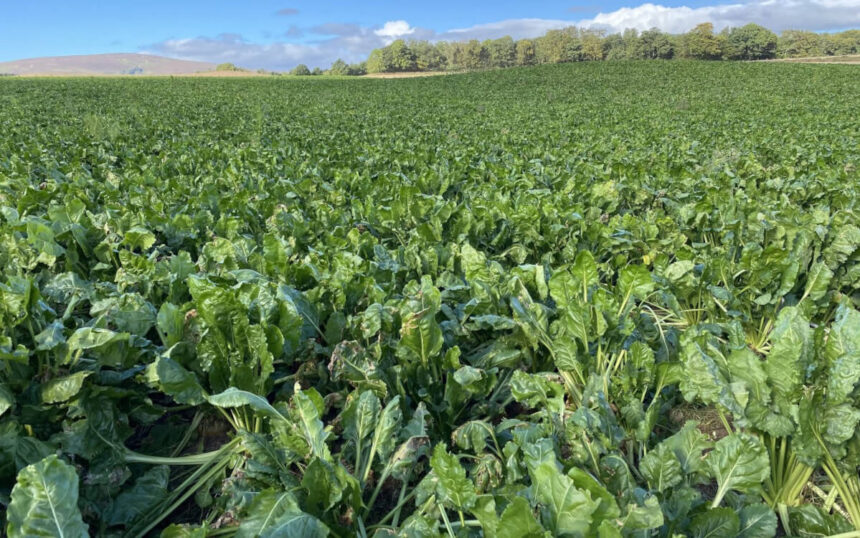
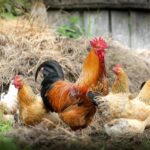

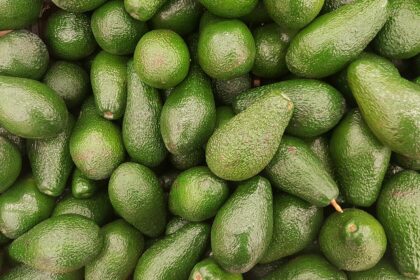
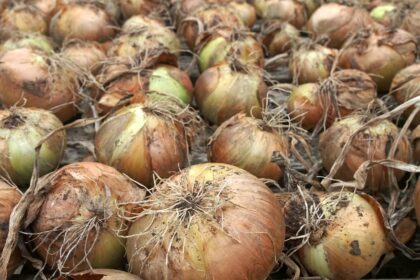

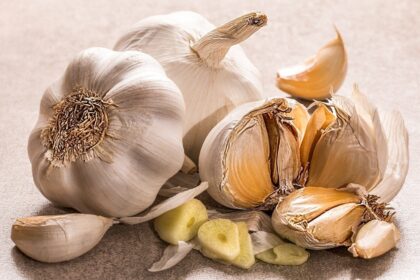
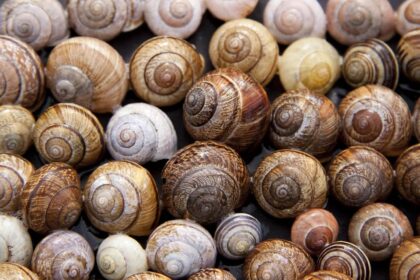
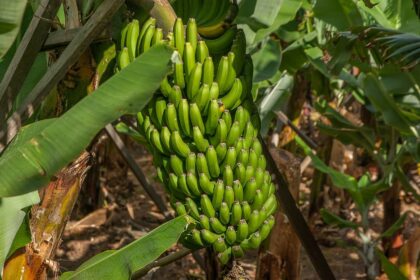
In need of fodder beetroot seeds
How much are the seeds, and where to get them
I need the seeds